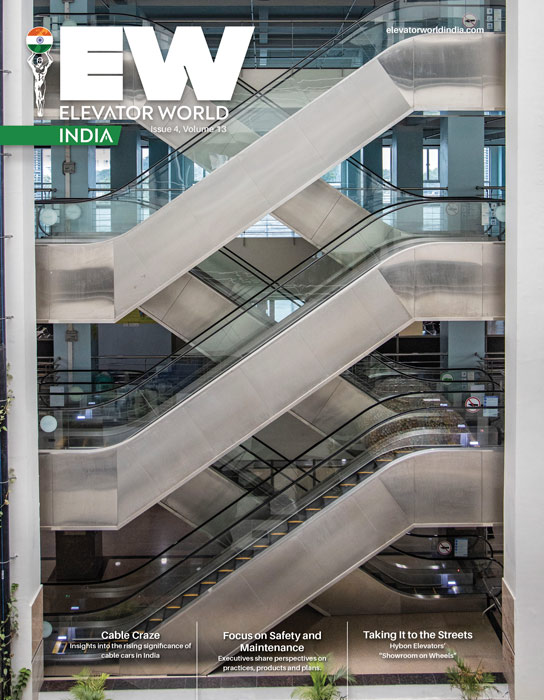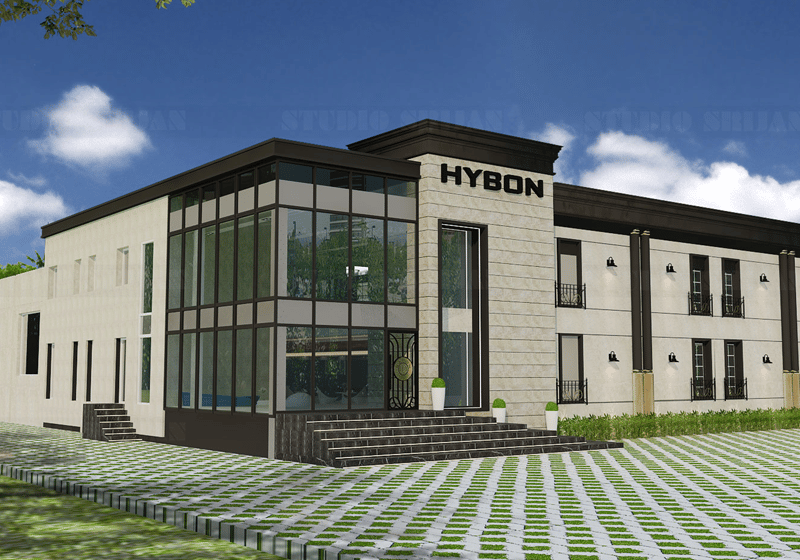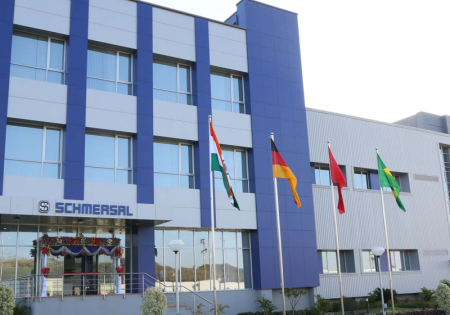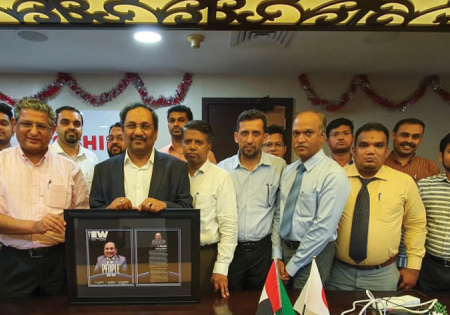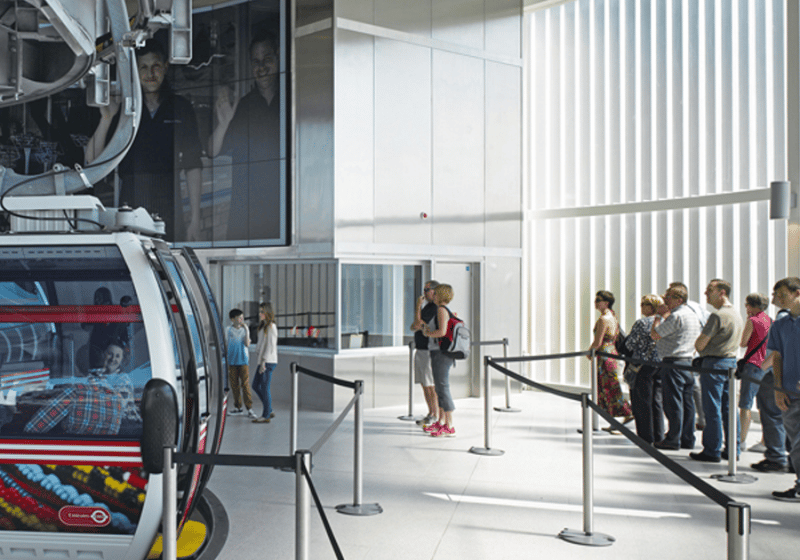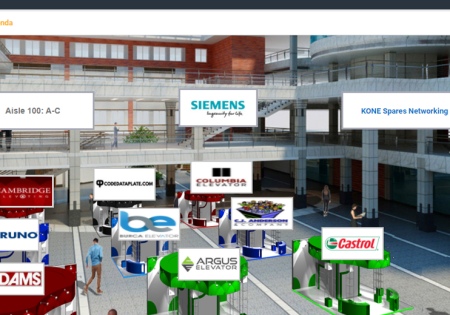In this Industry Dialogue, Hemant V. Khadse (HVK), founder and Group CEO, East Corp Group, explains aspects of elevator fire safety to your author (SSP).
SSP: Which fire safety norms are stipulated for elevators and escalators, and how are they regulated and enforced?
HVK: National Building Code 2016 (NBC), specifically, Part 4, pertains to fire and life safety (FLS). It is the applicable safety compliance code for buildings of all occupancies. Now that the built environment is mostly vertical, elevators and escalators are a vital part of the construction industry. This poses an FLS threat for users. Electrical authorities, such as the Central Public Works Department, are largely responsible for electrical compliance for elevators in India, but local fire authorities are involved in ensuring that facilities comply with the NBC. Fire lifts are a key concern for local fire authorities, which regulate requirements.
SSP: How can technology be leveraged to assess potential risk and facilitate fire safety, especially in high-rise buildings in metropolitan cities?
HVK: In India, digital transformation has touched all aspects of life, including building services. In terms of integration and monitoring, high-rise building services are challenging. The adoption of modern technology and tools are now implemented by several building owners so that, with optimum resources, FLS systems can be managed efficiently. When FLS systems interface with other auxiliary systems — also monitored locally and remotely using available technology — response time and, thus, risk, is reduced.
SSP: Is there a need for stronger enforcement or stricter norms for ensuring compliance with procedures for tall-building construction?
HVK: An increase in fire accidents and life/property loss are causing authorities to implement stricter laws and rules for places where risk and hazards are greater. While India is becoming more business friendly, the tedious processes involved in permissions and compliance have, at times, become a hurdle. I feel we have adequate laws and acts in place. What we need to adopt, however, is proper systems and governance. When systems are created, organizations (and the people within them), follow self-discipline. When self-discipline is developed, it leads to self-governance. Every workplace needs to be compliant and safe. It is a myth that if you are compliant, you are safe.
SSP: With changing aspirations and rising customization in elevator interiors, how can authorities ensure safety is not compromised by the use of materials that can cause or exacerbate fire hazards?
HVK: Today, elevators are not just a means of transportation. They have gone beyond that to provide an experience to users. Because of this, fire safety has become a last priority. Such practices need to be stopped. Lifts must be fire rated. All materials — inside and out — must be of very-low-flame-spread and be checked by authorities before commissioning or clearance to operate. Extra care must be taken when such elevators are part of fire corridors or egress paths.
SSP: How should safety of building residents, especially children and senior citizens, be ensured in case of fire?
HVK: Merely affixing labels, such as those that say, “Do not use elevators in case of fire” in poorly illuminated zones, is not enough. Mock drills every six months should educate all occupants, especially children and senior citizens, on how to deal with fires, why not to use elevators, etc. Awareness among residents to not use elevators in case of fire emergencies can play a vital role in saving lives.
SSP: With fire incidents occurring frequently and buildings getting taller, which modern techniques/approaches do you expect to see going forward? What are your recommendations to tackle this efficiently?
When life safety systems interface with other auxiliary systems — also monitored locally and remotely using available technology — response time and, thus, risk, is reduced.
HVK: All high-rise buildings must follow the NBC during planning and construction. We have had many fire accidents that are learning curves for us. The higher the construction technology standard, the higher the fire safety standards should be. We need to move beyond compliance and adopt more user-friendly technology standards that can save lives and property. When designing life-safety systems, it is important that building design engineers look into the properties of elevators, including:
- Interiors
- Locations
- Fire rating and requirements
- Power supply
- Hoistway pressurization
- Signage and communication systems
- Machine-room protection
- Integration with life-safety systems
SSP: As a fire-safety consultant, what are your recommendations for glass buildings and buildings in which glass elevators have been installed?
HVK: When construction is outside the boundary of building codes, my strategy as an FLS consultant goes beyond the limit of the codes. It must be based on performance-based codes. It may be applied in buildings with glass façades or glass elevators. Key considerations include:
- Fire rating of materials
- How an elevator is segregated from egress points
- How fire lifts are planned
- Smoke-management design
- How elevators are integrated with life safety systems
- Construction materials of load-bearing elements, such as stairways, corridors and façades
SSP: How can fire safety awareness in elevators be increased and made compulsory?
We need to move beyond compliance and adopt more user-friendly technology standards that can save lives and property.
HVK: I encourage all owners of properties with elevators to do three key things:
- Invest heavily in quality features, such as fire-safe, approved fluorescent signage at each elevator landing.
- Include education and awareness programs in the form of mock drills every six month for service staff and occupants on elevator usage.
- Do not compromise on maintenance and compliance.
SSP: What are your views of a dedicated elevator, rather than a staircase, being used to evacuate residents or facilitate firefighters during a fire, especially for buildings taller than 20 floors?
HVK: Requirements for fire lifts are specified in sections 4, 6 and 8 of the FLS sections of the NBC. These are applicable to all lifts in buildings taller than 15 m. The firefighter’s lift shall be provided with a switch to further aid firefighters in evacuating trapped persons and take firefighting equipment to upper levels with minimum delay. Building owners must comply and provide fire lifts. The number of such required lifts and their locations in buildings will vary depending on the size, design and complexity of the building.

Hemant Khadse is Group CEO of East Corp Group and an FLS consultant. He is an engineering graduate with more than 27 years’ experience in the fire and security industry. He is an FLS trainer who has conducted audits and risk assessments for hotel, commercial and industrial properties, both domestically and internationally. Khadse has completed fire design and engineering projects in India that meet National Fire Protection Association and other relevant codes.
Get more of Elevator World. Sign up for our free e-newsletter.

